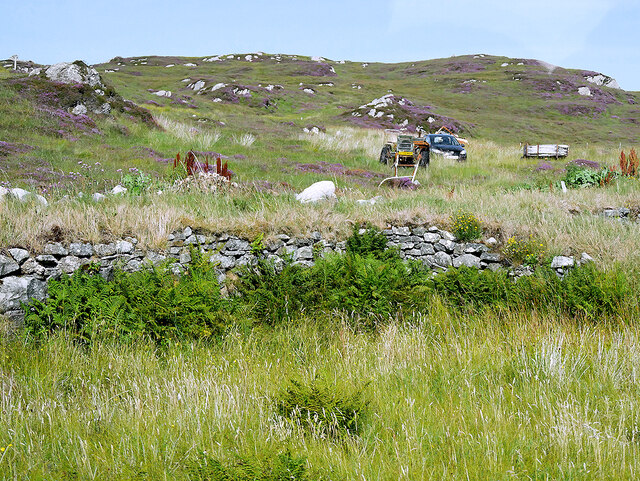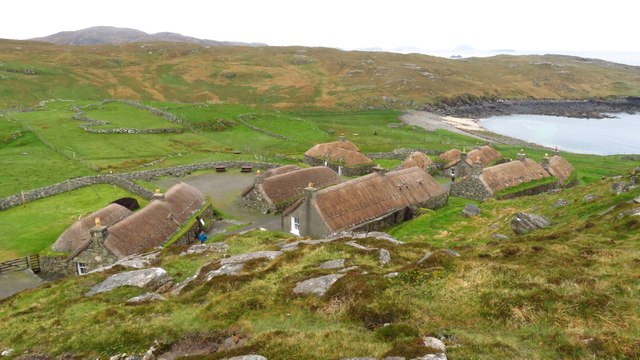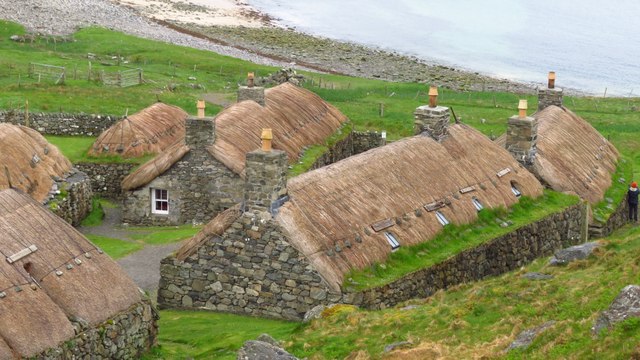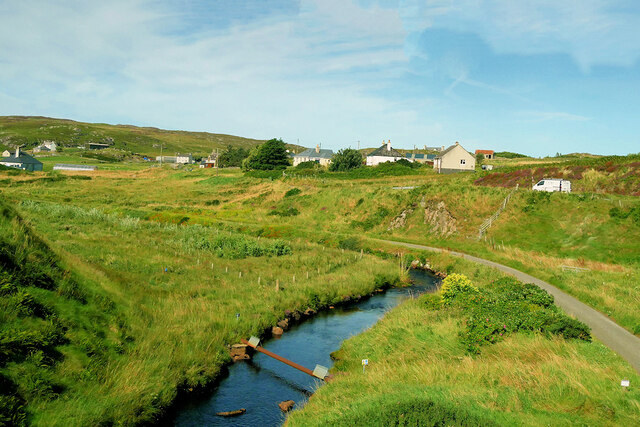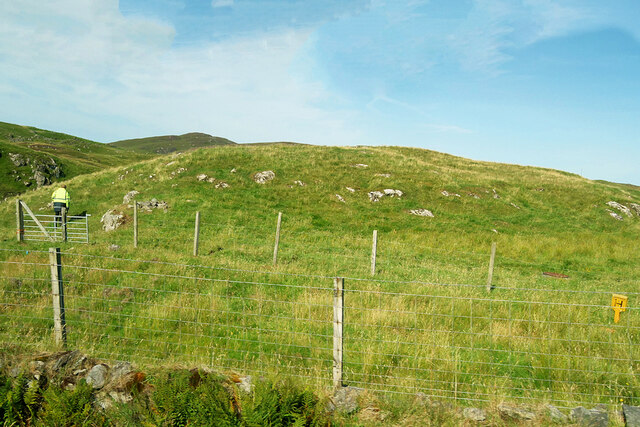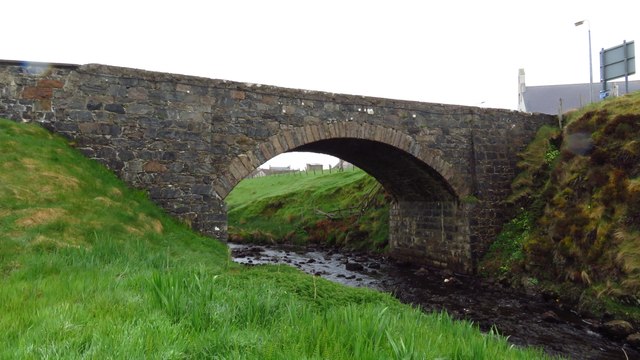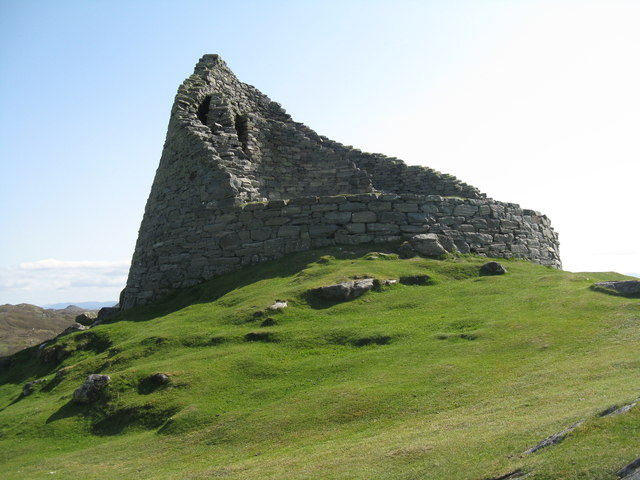Leac Ghorm
Cliff, Slope in Ross-shire
Scotland
Leac Ghorm
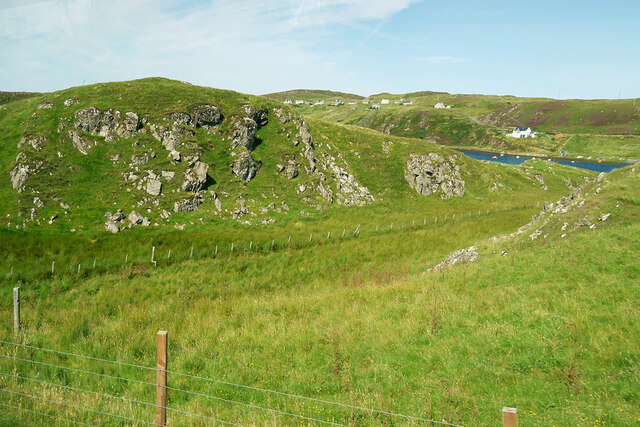
Leac Ghorm is a picturesque cliff located in Ross-shire, Scotland. Situated on the northwest coast of the Highlands, overlooking the Atlantic Ocean, this natural marvel captivates visitors with its stunning beauty and rugged charm.
The name "Leac Ghorm" translates to "Blue Slope" in Gaelic, which perfectly describes the striking blue hues that adorn the cliff face. Rising to an impressive height of approximately 100 meters, it provides a breathtaking vantage point for those who venture to its summit. The cliff's steep slope and jagged edges create a dramatic backdrop against the crashing waves below.
The area surrounding Leac Ghorm is rich in diverse flora and fauna, making it an ideal habitat for various species. Visitors may spot seabirds such as gannets, puffins, and razorbills nesting on the cliff ledges. The cliff's proximity to the ocean also attracts seals and dolphins, adding to the vibrant wildlife experience.
Adventurous individuals can explore Leac Ghorm by following the well-marked hiking trails that lead to the summit. These trails offer panoramic views of the surrounding coastline, including nearby sandy beaches and charming fishing villages. The cliff is also a popular spot for rock climbing enthusiasts, who test their skills on its challenging vertical faces.
Leac Ghorm's natural beauty is best appreciated during sunset, when the golden rays of light bathe the cliff, creating a magical ambiance. Photographers and nature enthusiasts flock to this spot to capture the awe-inspiring vistas and the interplay of light and shadow.
In conclusion, Leac Ghorm in Ross-shire is a stunning cliff formation that showcases the wild and untamed beauty of the Scottish Highlands. Its towering height, vibrant wildlife, and panoramic views make it a must-visit destination for nature lovers and adventure seekers alike.
If you have any feedback on the listing, please let us know in the comments section below.
Leac Ghorm Images
Images are sourced within 2km of 58.279473/-6.7968793 or Grid Reference NB1842. Thanks to Geograph Open Source API. All images are credited.
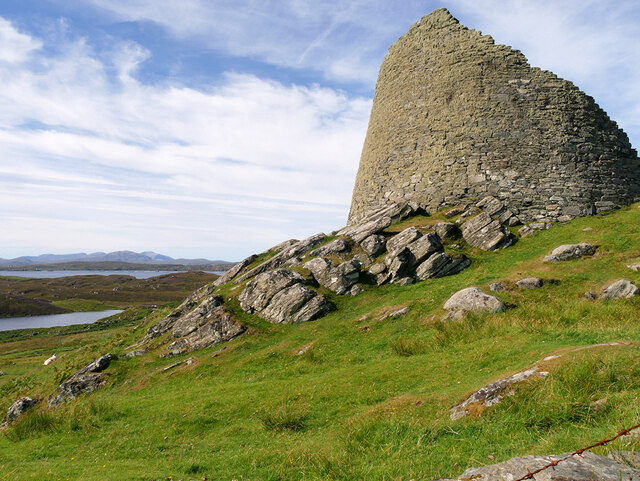
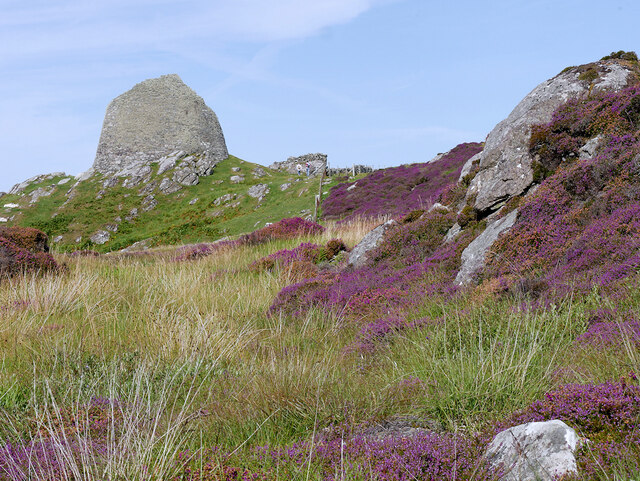
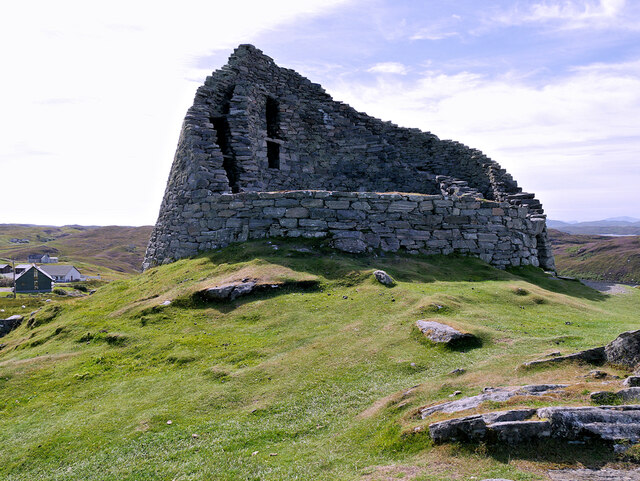
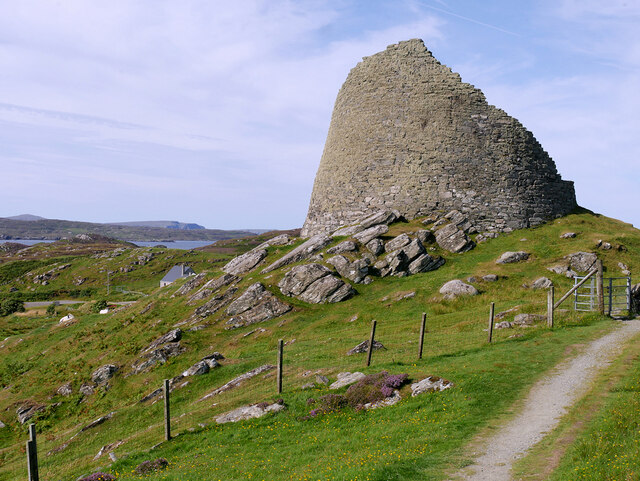
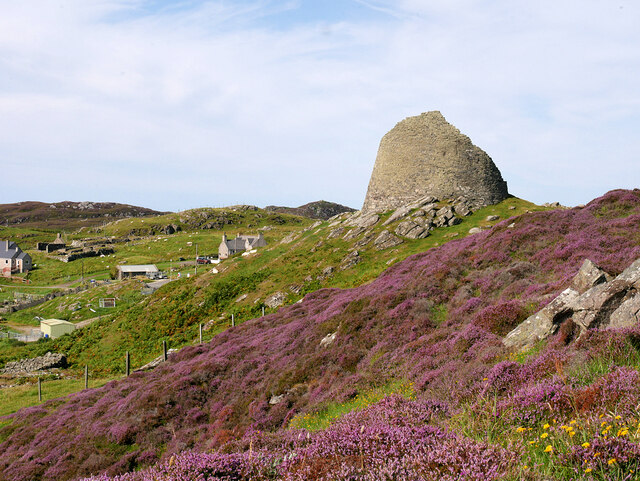
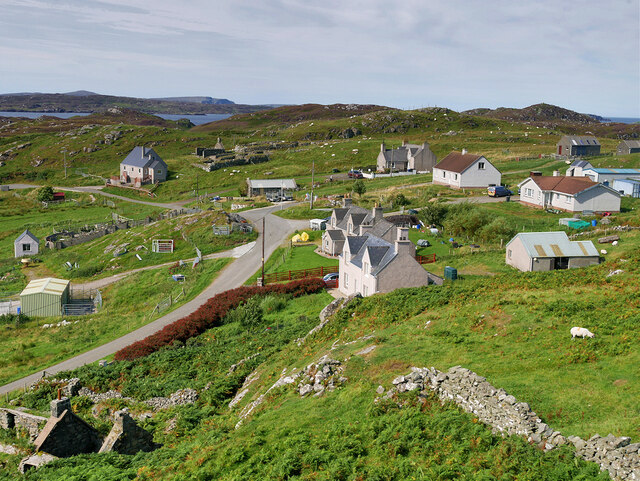
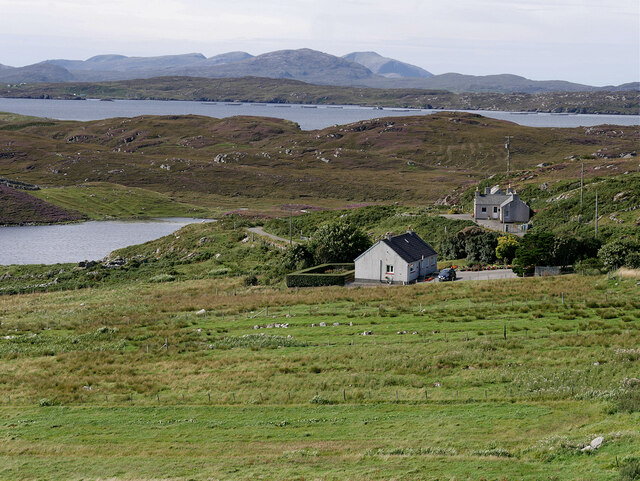
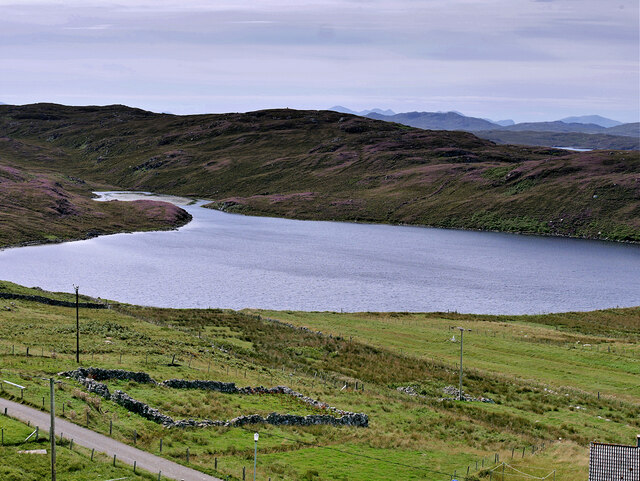
Leac Ghorm is located at Grid Ref: NB1842 (Lat: 58.279473, Lng: -6.7968793)
Unitary Authority: Na h-Eileanan an Iar
Police Authority: Highlands and Islands
What 3 Words
///nutty.swooning.brilliant. Near Carloway, Na h-Eileanan Siar
Nearby Locations
Related Wikis
Borrowston, Lewis
Borrowston (Scottish Gaelic: Borghastan), with a population of about 50, is a crofting township situated on the Isle of Lewis, on the Outer Hebrides of...
Dun Carloway
Dun Carloway (Scottish Gaelic: Dùn Chàrlabhaigh) is a broch situated in the district of Carloway, on the west coast of the Isle of Lewis, Scotland (grid...
Carloway
Carloway (Scottish Gaelic: Càrlabhagh [ˈkʰaːɾɫ̪ə.ɤː]) is a crofting township and a district on the west coast of the Isle of Lewis, in the Outer Hebrides...
Garenin
Garenin (Scottish Gaelic: Na Gearrannan) is a crofting township on the west coast of the Isle of Lewis in the Outer Hebrides of Scotland. Garenin is in...
Tolsta Chaolais
Tolsta Chaolais (also Tolastadh Chaolais, Tolstadh a' Chaolais) is a village on the Isle of Lewis, Scotland. It consists of about forty houses, clustered...
Cealasaigh
Cealasaigh or Kealasay is an islet in outer Loch Ròg, Lewis, Scotland that lies north of Traigh Mhór on Little Bernera and south of Campaigh. To the west...
Campaigh
Campaigh or Campay is a steep and rocky islet in outer Loch Ròg, Lewis, Scotland that lies north of Cealasaigh and Little Bernera. A huge natural arch...
Little Bernera
Little Bernera (Scottish Gaelic: Beàrnaraigh Beag) is a small island situated off the west coast of the Isle of Lewis in the Outer Hebrides.Little Bernera...
Nearby Amenities
Located within 500m of 58.279473,-6.7968793Have you been to Leac Ghorm?
Leave your review of Leac Ghorm below (or comments, questions and feedback).
